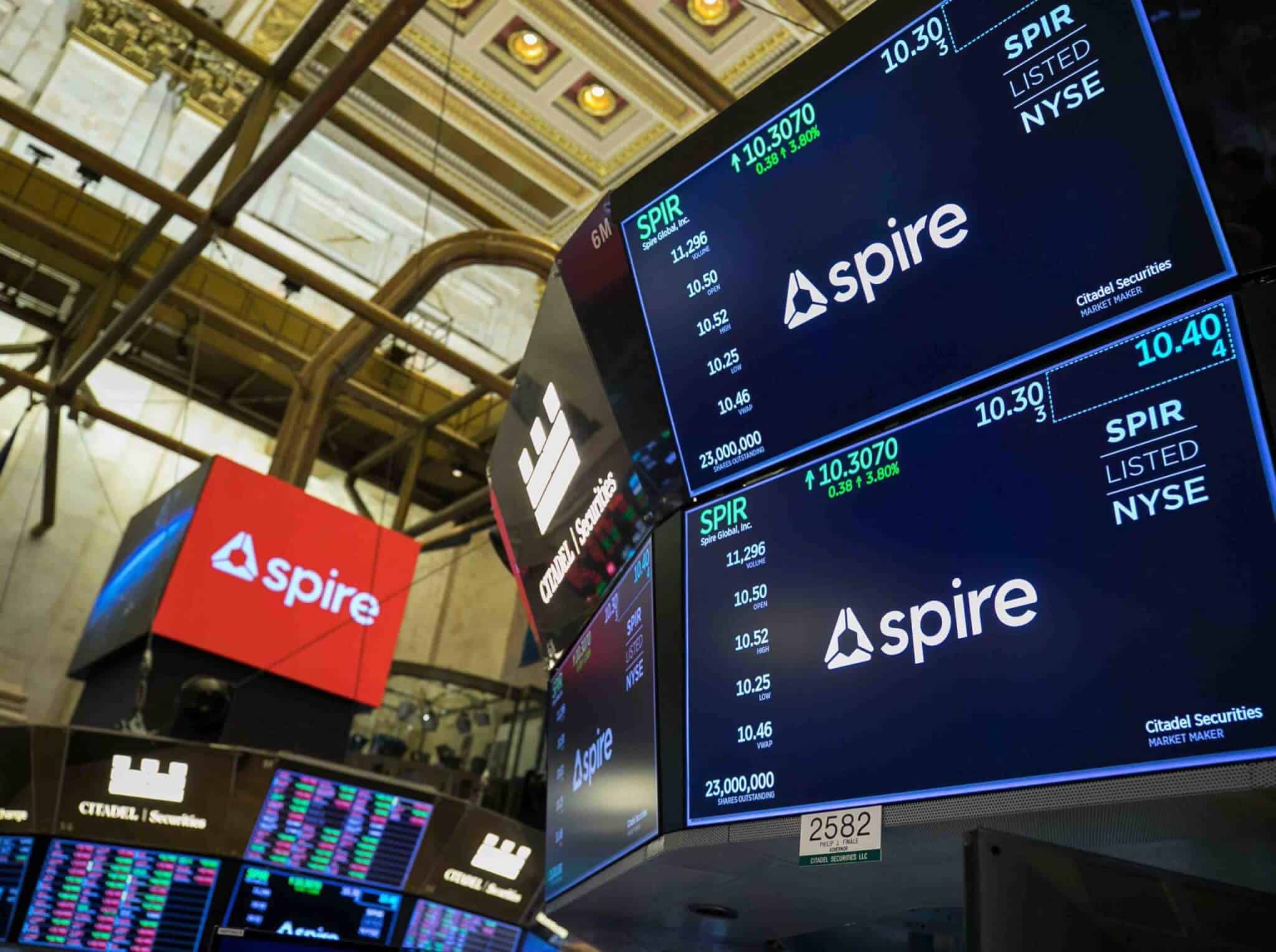The truly global satellite company Spire, whose European headquarters are based in Luxembourg, has begun trading on the New York Stock Exchange (NYSE). The company going public happened after a SPAC merger (a special purpose acquisition company), as opposed to a more traditional IPO.
“You can think of it like this: an IPO is basically a company looking for money, while a SPAC is money looking for a company” says Don Butler of Thomvest Ventures. Spire merged with special purpose acquisition company NavSight, which valued Spire at $1.6 billion in equity.
“Spire has been on a path to IPO for almost 2 years. We met with investment banks, exchanges, advisers etc all while getting the company ready for the IPO. Pretty late in the process we met Jack and Bob, who are simply fantastic. Deep operational and industry experience and network. So it became an easy decision to switch to working with them and we could not be happier about it and the impact that they have had already on the business”, says the company’s CEO Peter Platzer exclusively for Silicon Luxembourg.
Spire, a company with offices in Luxembourg, Glasgow, Washington D.C., Singapore, Boulder and San Francisco, owns 110 of small and relatively inexpensive Lemur (The Low Earth Multi-Use Receiver) satellites in orbit – low-Earth orbiting satellites built by specifically by Spire, with each one having a special purpose and a host of different instruments. They also have ground stations in 16 countries, and 70 antennas to receive and then help crunch the data.
They offer solutions and tools for maritime, weather, aviation, space services, Earth intelligence and government use.
“Spire set out to do something different: create a vast network of affordable nanosatellites that orbit just above Earth’s atmosphere, collecting rich, granular data from the ultimate vantage point”, said Platzer.
For CNBC he also said that “We are incredibly fortunate to be at the crest of long term, generational disruption. The only equivalent that I can think of in my lifetime is the late ’90s, early 2000s, when we had the personal computer replacing the mainframe computer, and you started to have this rapid iteration.”
CNBC reports that the company is the fourth pure-play space company to go public via a SPAC this year — following AST SpaceMobile, Astra, and Momentus — with several more expected before the end of 2021.
“Spire and its technology is at the very forefront in meeting it head on to create a sustainable and equitable future for all.”
A company that has existed for nine years now has about 265 million dollars after the merger, with the official spokesperson saying on record that “public stockholders filed to redeem about 90% of the firm’s outstanding shares”
The business, however, forecast in its investor presentation 1.2 billion dollars in revenue by 2025., which means they need to expand rather fast. The data the company collects via the satellites is what now needs to be monetized, and they do it by selling annual subscriptions to customers – ranging from a couple of dozen thousand dollars, to millions – depending on what the client wants.
“One of the things we were keen on as part of getting ready for the public market is having a fully deployed infrastructure. We wanted to have that part behind us and move forward fully focusing on the monetization of the capabilities. So the goal for the next 5 years is to invest in sales, and marketing, and product, reach new industries, verticals, use cases, and regions. And from a satellite perspective just do our normal replacement cycle”, says Platzer about the 5-year goals. When asked about the large number of jobs they offer worldwide, Platzer agrees with us that the company is growing rapidly.
“That is correct”, he says, and then mentions Luxembourg – “We do all types of work in Luxembourg, where some of the most senior people of the company are also located. Science, engineering, product, marketing, sales, leadership. It has been our fastest growing office of the last 2 years, and with over 60 people today is our second largest office globally.”
He also shares his thoughts on what pleases him most about his job and Spire.
“If I were to talk about me personally – and a large number of people in Spire I think share that passion – it is the impact we can have globally in helping companies, governments, and people adjust to, reduce, and mitigate the impact from Climate Change especially through weather and reduced carbon emissions. This is a generational challenge and Spire and its technology is at the very forefront in meeting it head on to create a sustainable and equitable future for all”, concludes Platzer.
